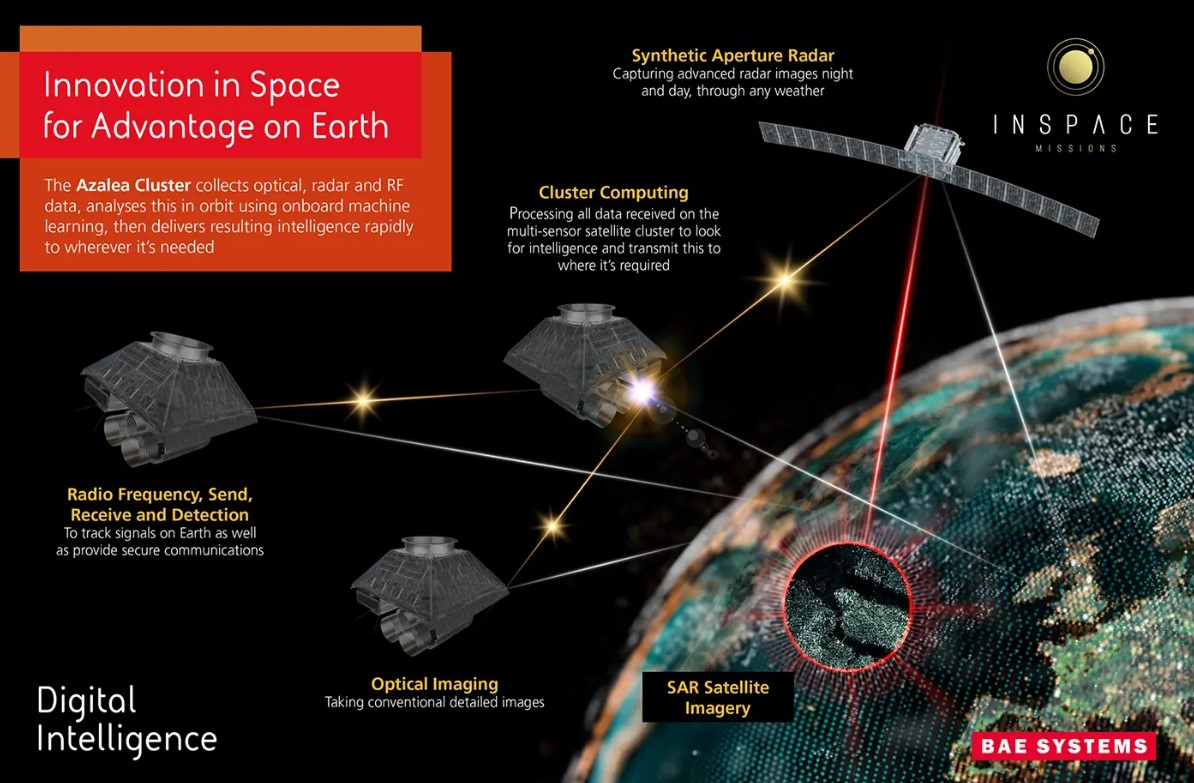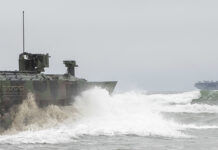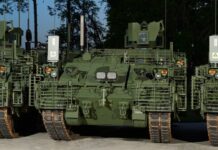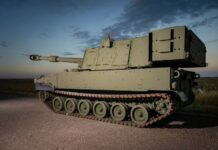BAE Systems announced at DSEI 2023 on 14 September that it is set to launch its first Azalea multi-satellite cluster into low Earth orbit at the beginning of 2025. The group of satellites will use a range of sensors to collect visual, radar and radio frequency (RF) data to deliver high-quality information and intelligence from space in real time to military customers.
The venture follows BAE’s acquisition of UK firm In-Space Missions last year and is being delivered in partnership with Finland’s ICEYE, which will provide the Azalea cluster’s synthetic aperture radar (SAR) capabilities.
Each Azalea cluster will feature four satellites, combining an ICEYE SAR satellite with three others that provide RF data gathering, optical imaging and cluster computing to combine and analyse the data in space before delivering assured intelligence product directly back to the user back on Earth.
Speaking at DSEI 2023, Andy Challen, UK missions sales lead for ICEYE, explained that the data from the Azalea cluster “will be fused in space and then come down as a more complete picture”.

The in-space processing of the data gathered by the Azalea satellites will provide much more timely intelligence, as existing space-based sensors require multiple terabytes of raw data to be transferred to Earth before that data can be processed and distributed.
Each of the satellites will be enabled by software-defined radio (SDR), allowing them to be fully reconfigured and updated while in orbit. Doug Little, CEO of In-Space Missions, said at DSEI 2023 of the Azalea constellation, “We say we have a software-defined satellite capability.”
Also speaking during the Azalea briefing at DSEI 2023, Elizabeth Seward, head of space strategy and future business for BAE Systems’ Digital Intelligence sector, noted that the initial cluster will be launched by US satellite launch provider Spacex. Seward said that, following the launch of the initial four-satellite Azalea cluster, which will provide an initial operational capability, subsequent additions to the constellation would be rolled out according to customer requirements. She added that a 12-satellite constellation could provide comprehensive coverage, but that, as the constellation grows, BAE would look to put satellites into multiple orbital planes.
ICEYE already has 27 SAR satellites in orbit, which has significantly de-risked the Azalea system’s SAR capabilities and already provided the team with SAR data to work with, but the ICEYE SAR satellite launched as part of the initial Azalea cluster will be its first SDR-enabled satellite.
The Azalea programme supports the UK government’s Defence Space Strategy, published in February this year, which identified Earth observation as a priority area to help protect and defend UK interests. BAE has stated that this is a sovereign capability that the Azalea programme could provide.
As well as providing military intelligence, such as the location of hostile platforms and weapon systems, the Azalea constellation will also be able to assist during natural disasters, for example by locating people at risk.
Peter Felstead











